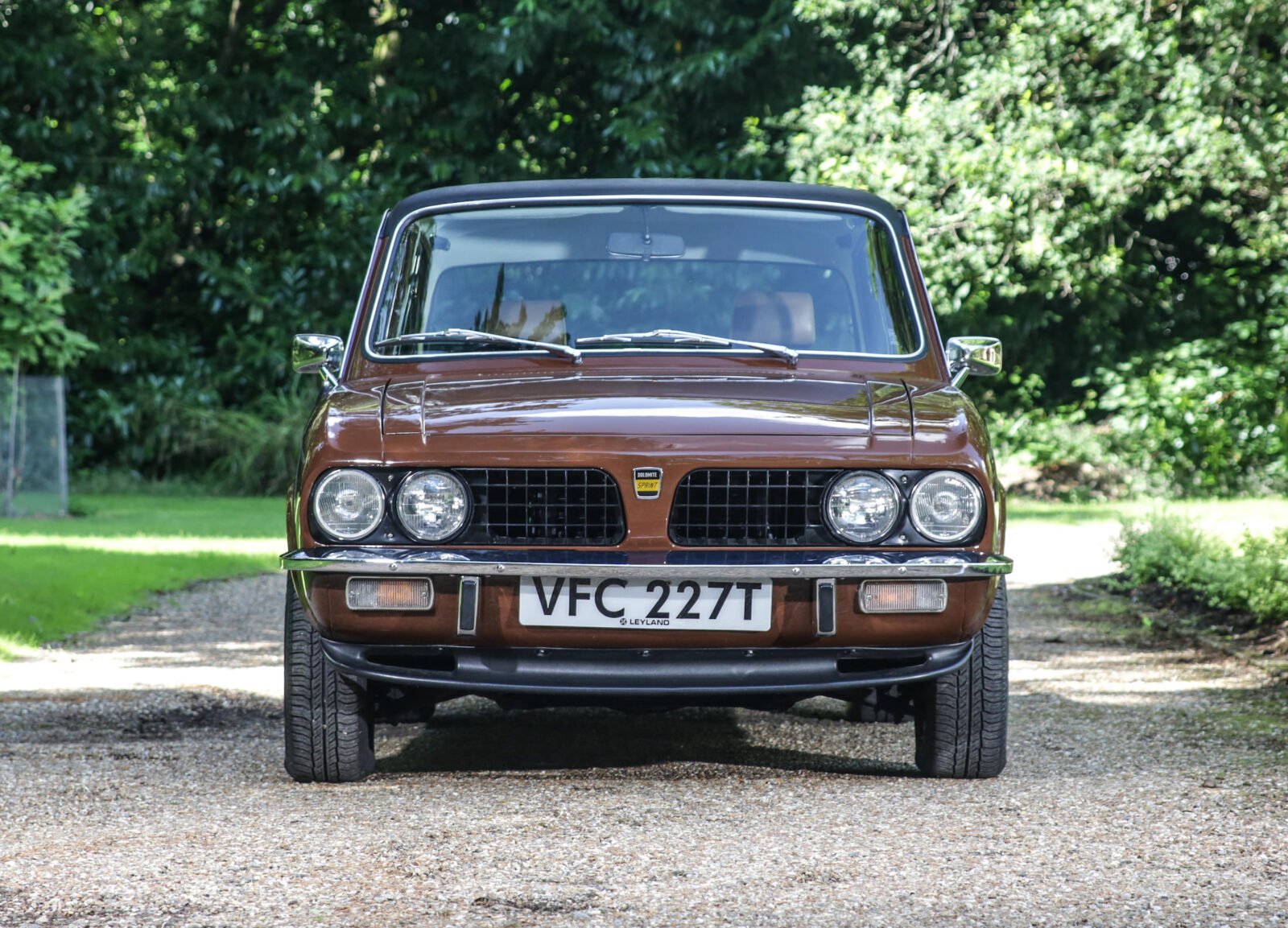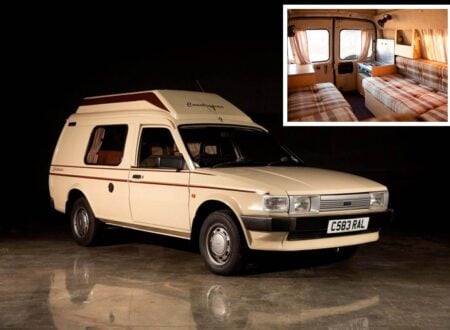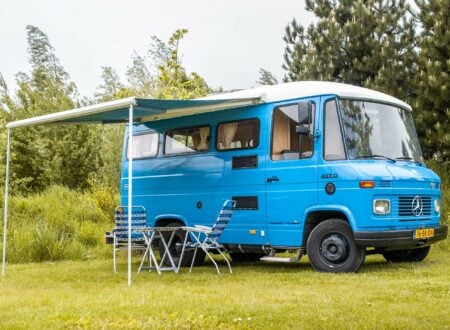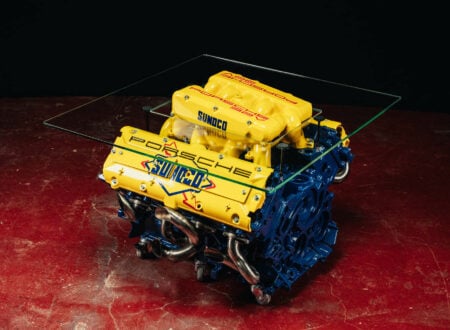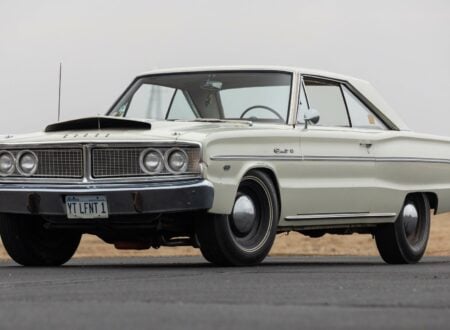The Triumph Dolomite Sprint is one of those classic cars that probably deserves to be quite a bit more famous than it actually is. The Sprint was developed to take the fight to the BMW 2002 and the Alfa Romeo 2000 GTV, however it never achieved anywhere near the same level of universal admiration.
For a number of reasons the Dolomite Sprint was an important car for the British motoring industry, when it was released it was the first mass-produced British car with alloy wheels as standard, and Triumph claimed that it was “the world’s first mass-produced multi-valve car” – the clever design of the cylinder head won a British Design Council award in 1974.
Fast Facts – The Triumph Dolomite Sprint
- The Triumph Dolomite Sprint was first released in 1973 as a high-performance member of the Project Ajax family of small cars developed by Triumph.
- The Sprint featured styling from Giovanni Michelotti, long a favorite designer for Triumph and also the designer of the BMW 2002.
- The Dolomite Sprint was designed to offer sports car-like performance in a saloon car package, much like the German 2002 and the Italian 2000 GTV, to meet the market demand for practical cars that were also fun and engaging to drive.
- Power was provided by a 1998cc single overhead cam inline-four with 16 valves, offering 127 hp and 122 lb ft of torque.
The Triumph Dolomite Sprint – A Practical Sports Car
When BMW released the 2002 in 1968 they struck gold, it was a smaller sized two-door saloon offered seating for four adults, ample trunk space, and all the practicality of a sedan while still offering sports car-like performance and handling.
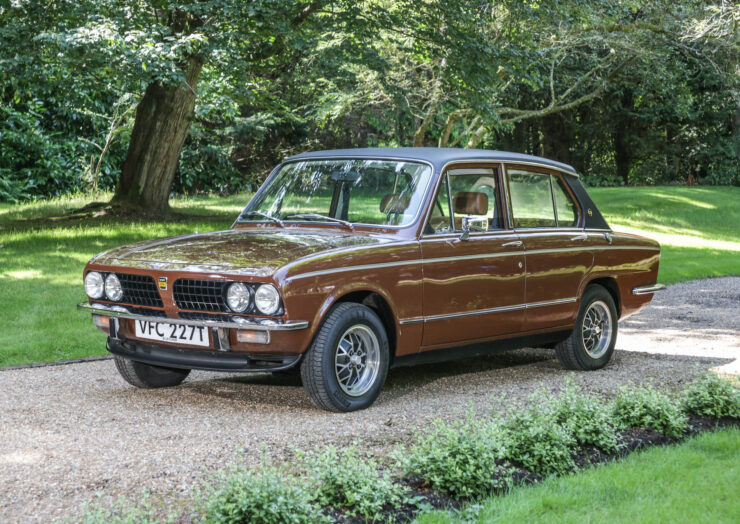

The 2002 was named for its 2,000cc engine and two doors, 2000 + 2, and there were also 1602 and 1802 models offered. Cars that made use of a similar concept had been in production earlier of course, but the BMW 2002 became arguably the most famous example of the breed during its lifetime, having a significant influence on other manufacturers and on BMW vehicle design going forwards.
The standard Triumph Dolomite (the non-Sprint version) was released in 1972 with a more traditional slat-four engine that has a single overhead cam operating two valves per cylinder, a swept capacity of 1,854cc, and a power output of 91 bhp.
The Triumph Dolomite Sprint would start life using the same basic body and running gear of the normal Dolomite, however things would change significantly in the engine bay. A team of engineers led by Spen King, working in conjunction with Harry Mundy and the engineers at Coventry Climax, would develop a new head for this inline-four that featured 16 valves all actuated by a single overhead camshaft.
The swept capacity of this new engine was increased to 1998cc, larger twin carburetors were added, and a series of other changes were made to increase power up to 135 bhp (SAE), or 127 bhp (DIN). This ~40% gain in power combined with the far more sporting nature of the new 16 valve engine transformed the Dolomite into a genuine competitor for its German and Italian rivals.
The top speed of the Dolomite Sprint was 119 mph (192 km/h) when new, a heady figure for a 2.0 liter sedan at the time, and the 0 to 60 mph time of 8.4 seconds was equally impressive.
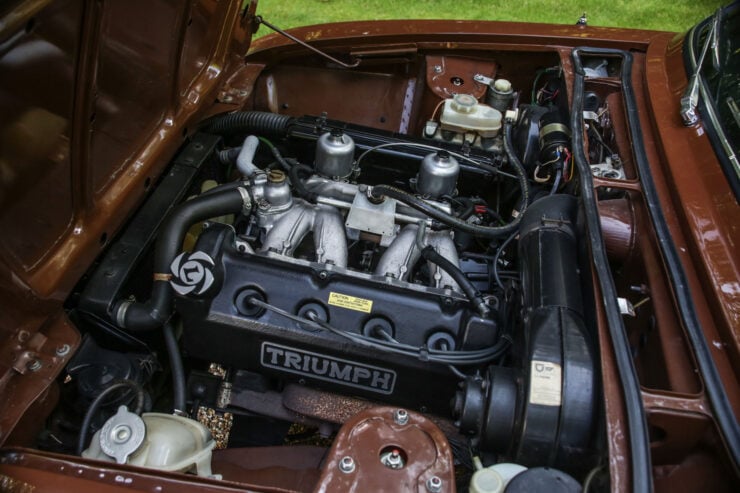

The Sprint version and the standard Dolomite were among the most 70s-style cars ever made in Britain, they were originally finished in yellow but this soon gave way to a popular shade of brown and they often had vinyl covered roofs. There were other colors offered of course but brown does seem to have been remarkably popular during the age of disco, for reasons that are lost to history.
Although it does use unibody construction the Dolomite Sprint did still have a live axle rear end, albeit one sitting on coil springs, with independent suspension up front along with a front disc brake and a rear drum.
This more rudimentary suspension didn’t seem to impinge its performance in any significant way however, and out on the race track the car proved remarkably successful, competing in the British Saloon Car Championship from 1974 to 1978.
Andy Rouse and Tony Dron won the Manufacturers’ Championship in 1974, Rouse went on to win the Drivers’ Championship in 1975, and Dron very nearly won again 1977 – having won seven on the 12 races during the season he retired from the final race with a tire failure.
Perhaps unsurprisingly today there are relatively few surviving examples of the Sprint in good condition, with vastly fewer over in the United States were they were never officially imported. Some estimates put the number of Sprints privately imported into the USA at fewer than 10.
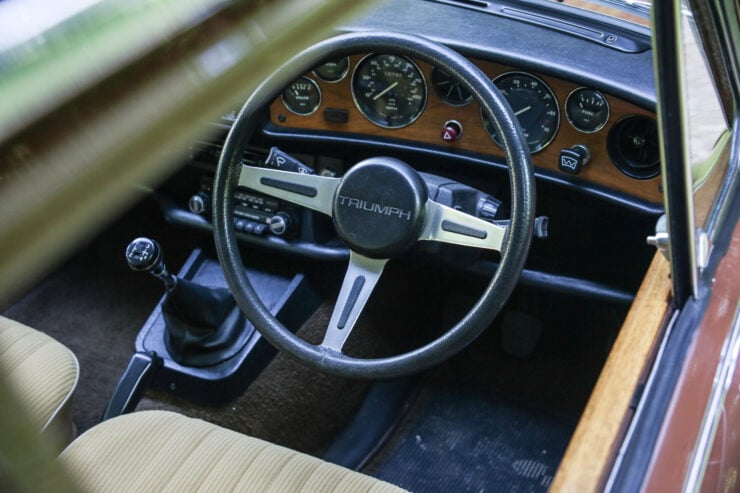

Although the car will likely never be as famous or beloved as the BMW 2002 or the Alfa Romeo 2000 GTV, there can be no doubt that it deserves better than its current place in the automotive world as little more than a curiosity that can’t even be correct identified by many classic cars fans.
The Triumph Dolomite Sprint
The Triumph Dolomite Sprint you see here is just about a perfect example of the species, it’s finished in that famous shade of 1970s brown with the black vinyl roof, and interestingly it was originally a Leyland works car.
This Sprint is a multi-award winner, having claimed a fair amount of silverware at various concours events over the years – all of which is included with the car now. The history file is extensive, including every MoT the car has ever had, it also comes with a rare original brochure, an owner’s handbook, and the service passport booklet with 14 stamps in it.
The car is now due to roll across the auction block with Historics Auctioneers on the 25th of September in England with a price guide of £12,000 – £15,000, this works out to approximately $16,600 – $20,750 USD.
If you’d like to read more about the car or register to bid you can click here to visit the listing.
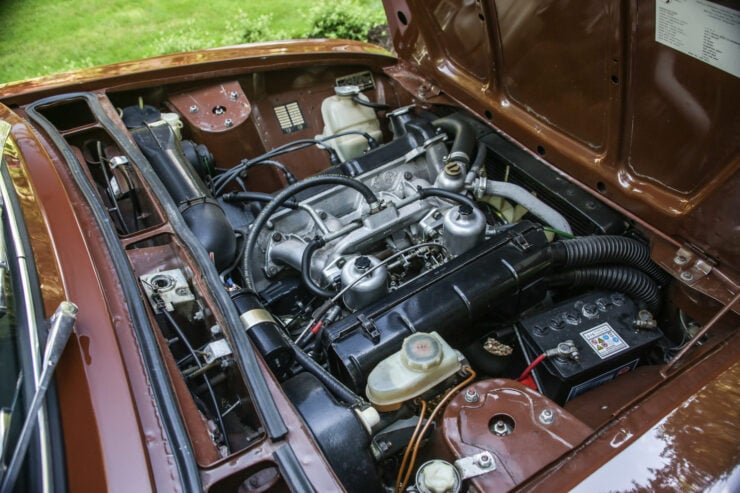
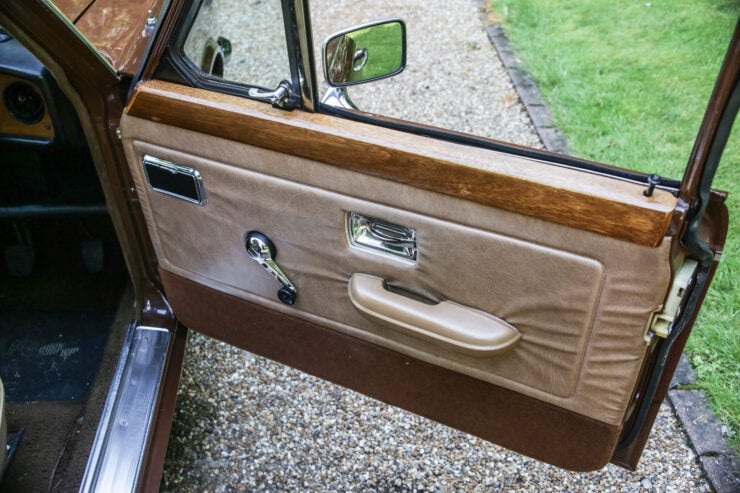
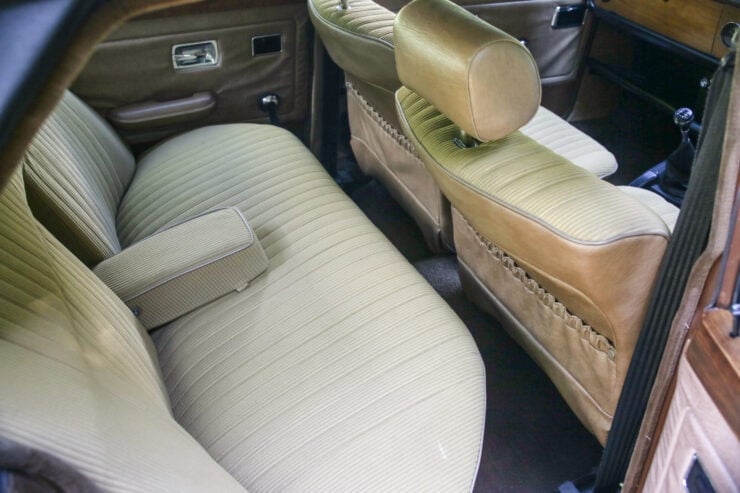
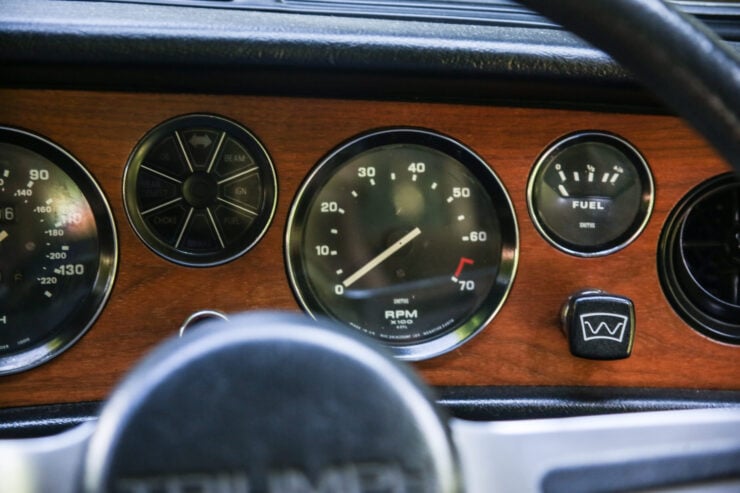
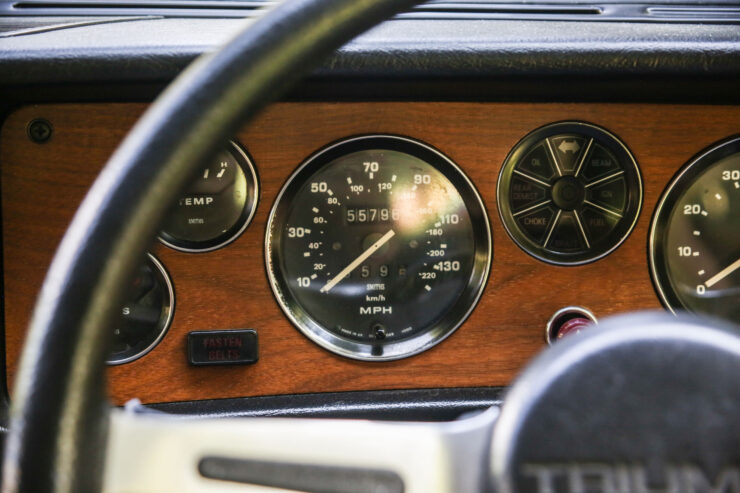
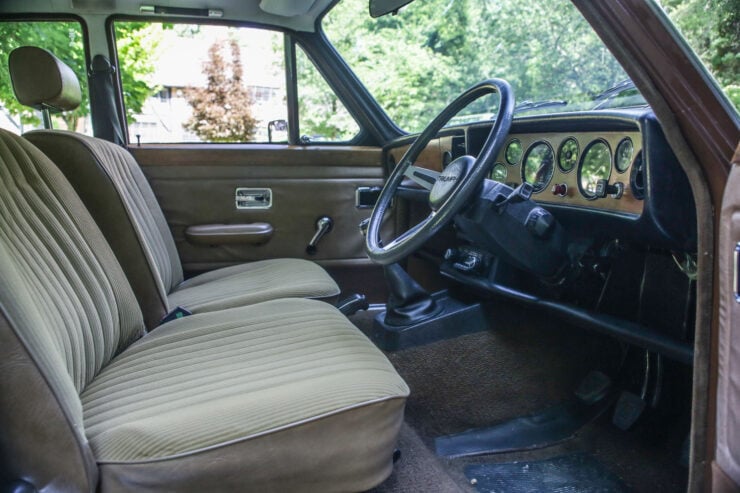
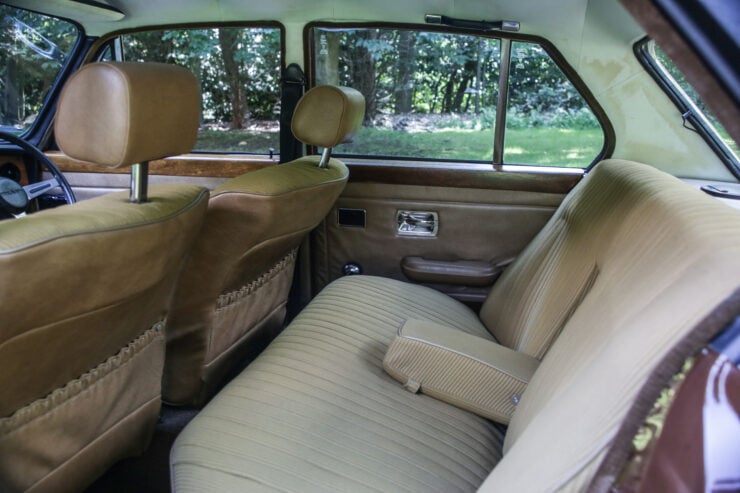
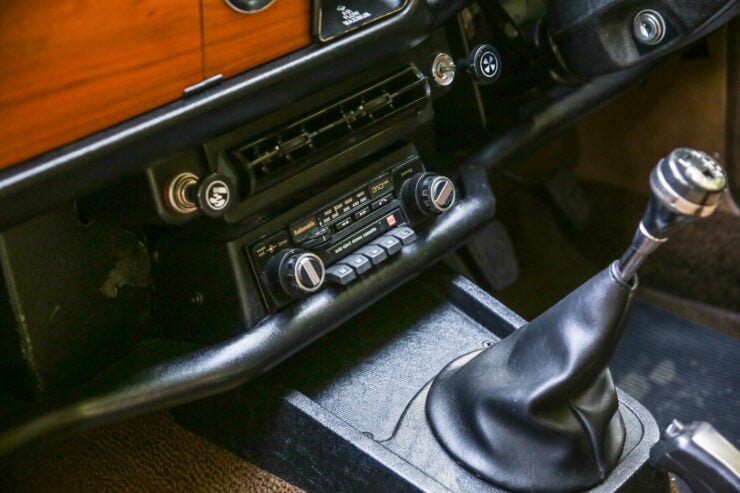
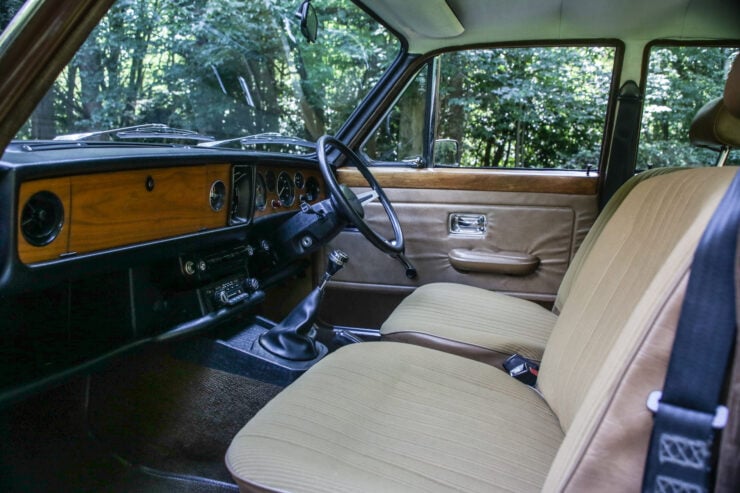
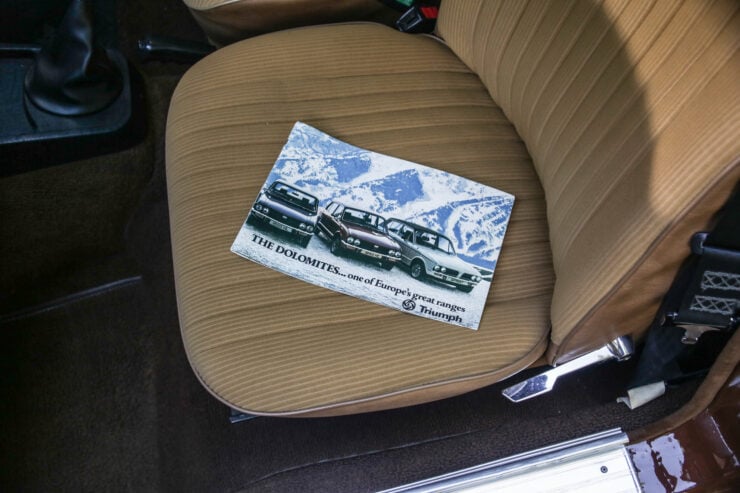
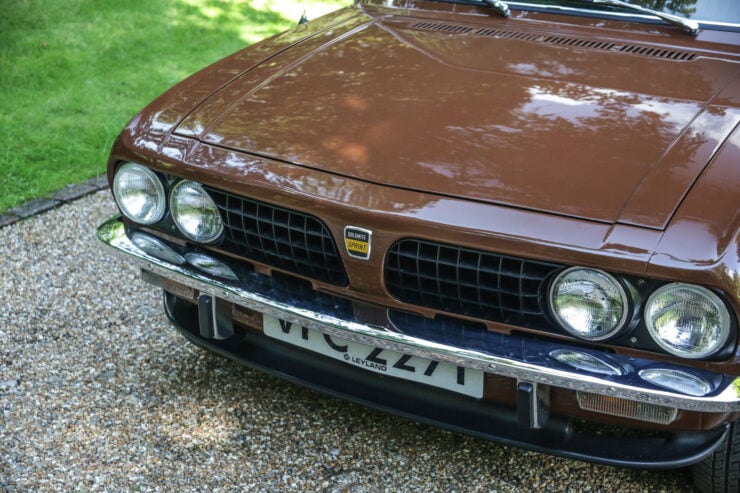
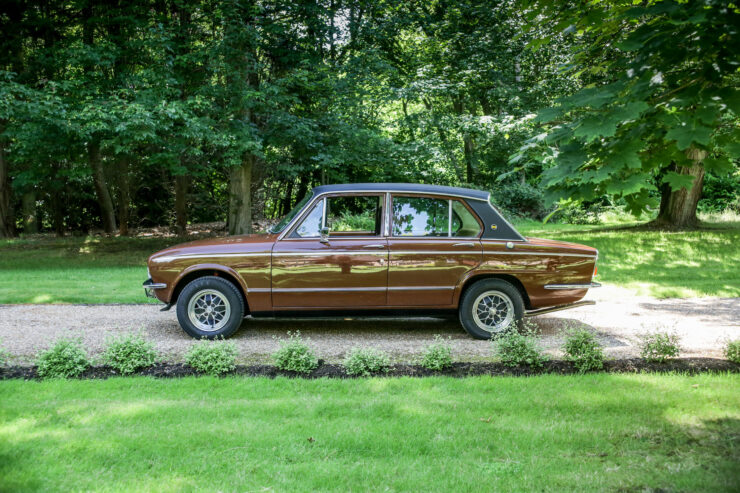
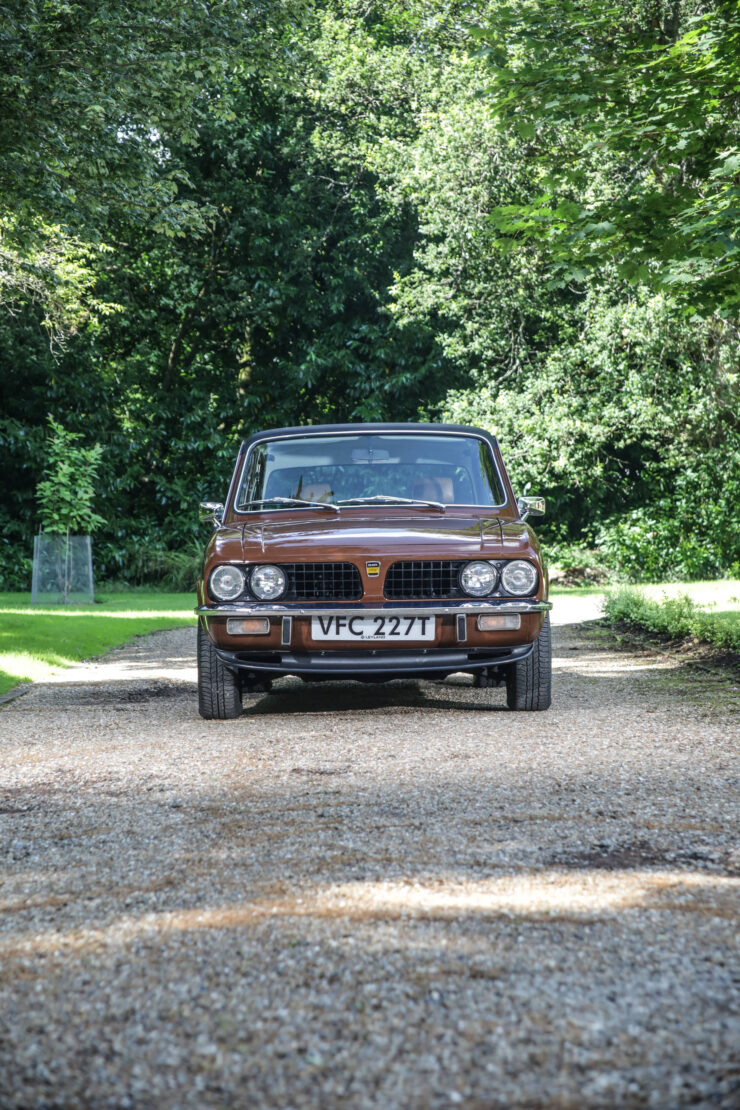
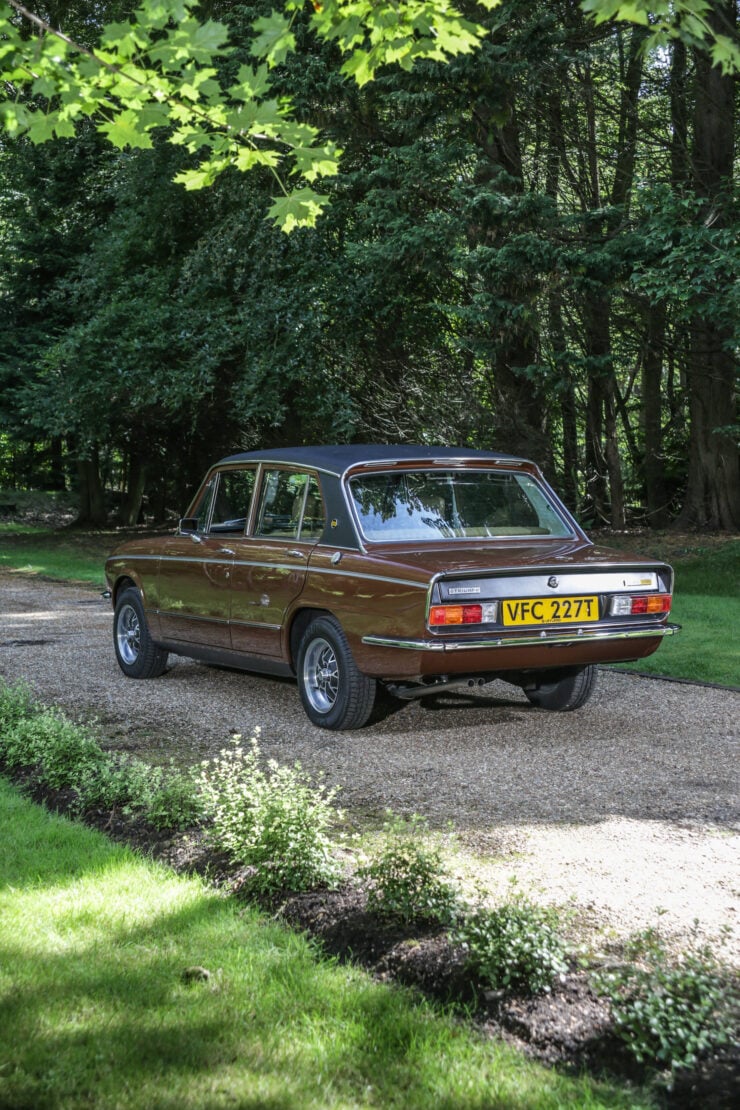
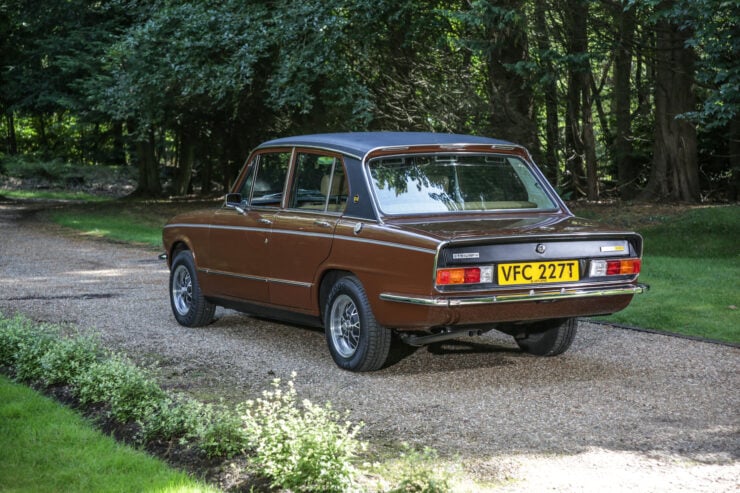
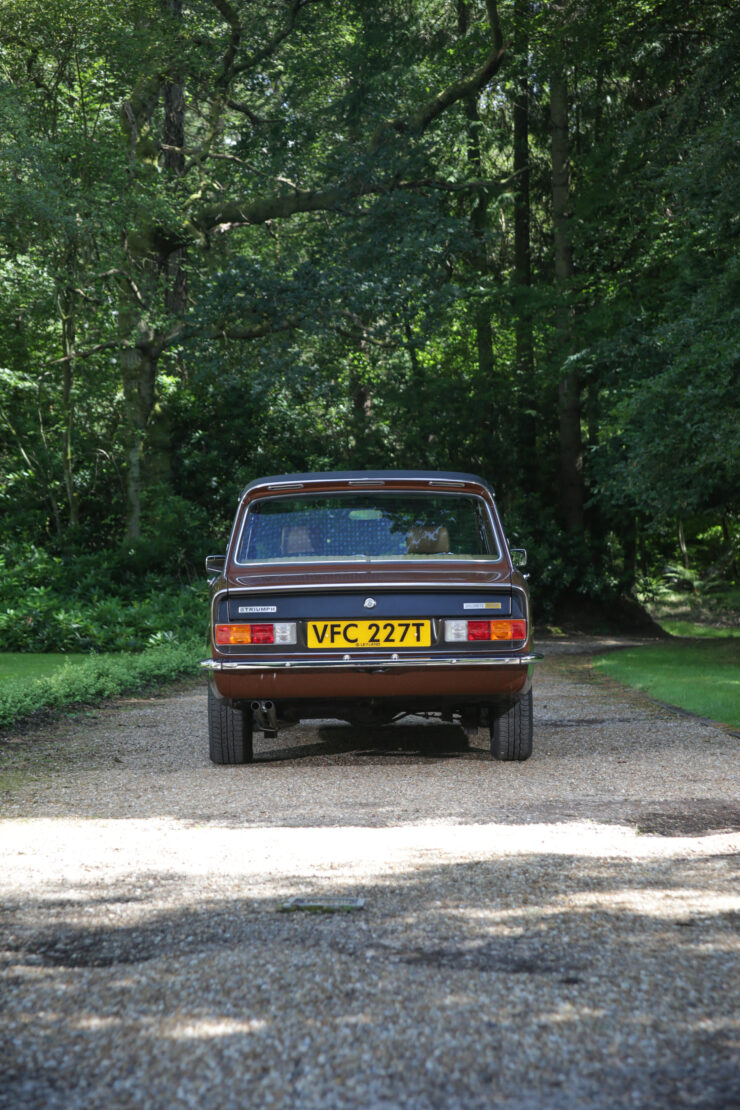
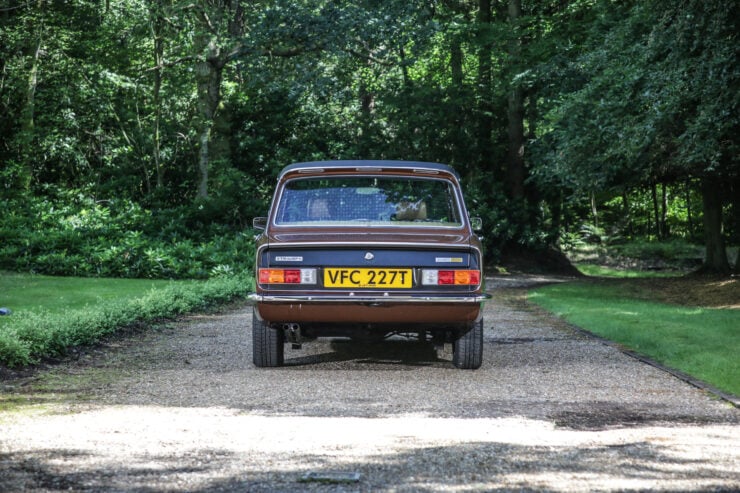
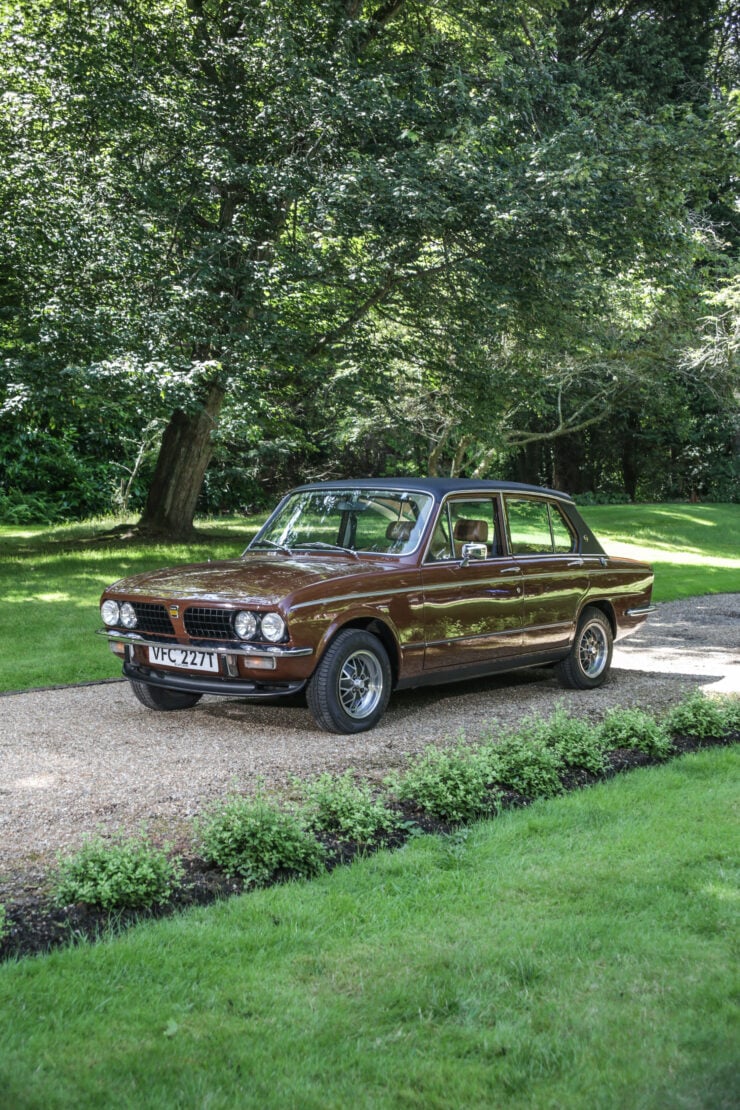
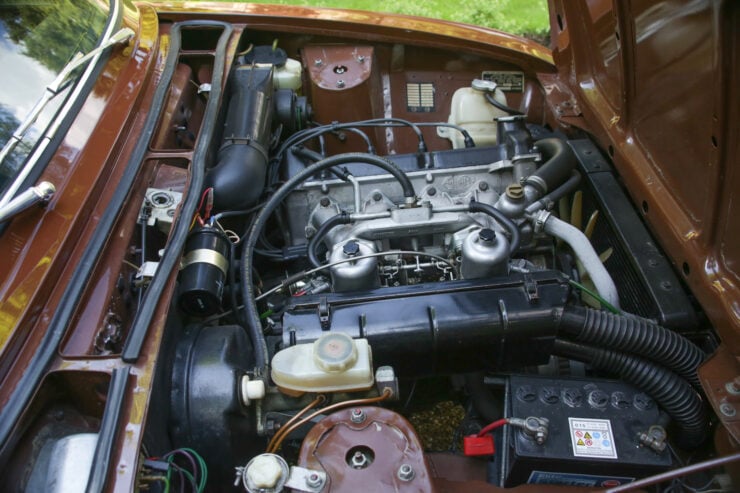
Images courtesy of Historics Auctioneers

Articles that Ben has written have been covered on CNN, Popular Mechanics, Smithsonian Magazine, Road & Track Magazine, the official Pinterest blog, the official eBay Motors blog, BuzzFeed, Autoweek Magazine, Wired Magazine, Autoblog, Gear Patrol, Jalopnik, The Verge, and many more.
Silodrome was founded by Ben back in 2010, in the years since the site has grown to become a world leader in the alternative and vintage motoring sector, with well over a million monthly readers from around the world and many hundreds of thousands of followers on social media.

